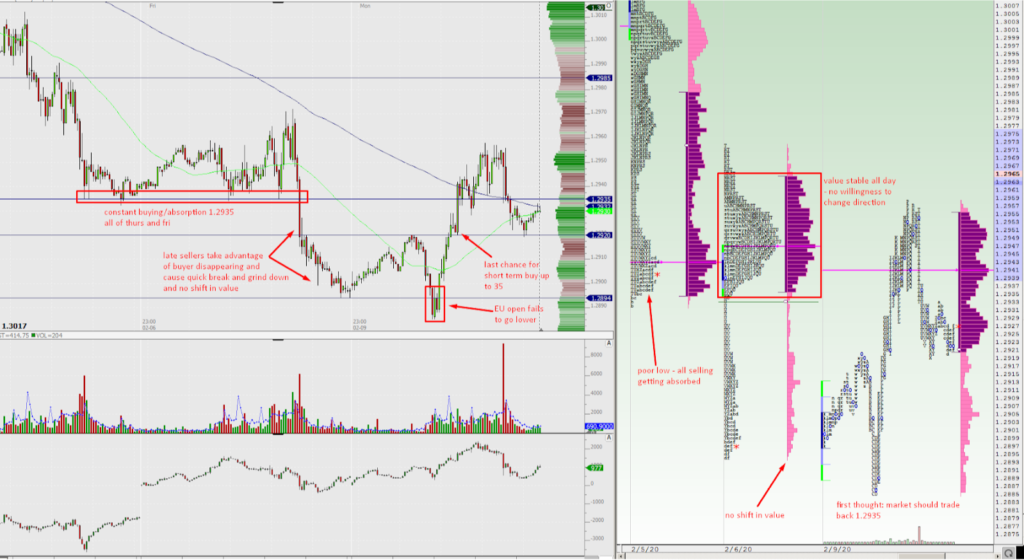I am often asked by both members and students taking our trading courses ‘how should I go about preparing my day?’. This is especially true when learning how to use market profiles. The first part of my answer will begin with creating a consistent process that can be applied everyday before taking a trade – checking your Daily, 60 minute and 5 minute charts to pinpoint levels to trade around – this way you’ll make sure that all ideas have been explored before taking a trade. In its simplest form, though, this is not enough; all you will have are reference points but no way of understanding how the market will move and crucially how to trade between them: will the moves be fast? Slow and steady? Small and quick to reverse?
What Is Market Profile?
In order to understand how a market will trade today you need to have a judgment of the quality of previous moves – this is where Market Profile comes in. Because it gives indications of where volume and time have been spent (value) rather than just prices that have been traded one can deduce who was involved and what their intention was; whether they changed the overall direction of the market; where are positions trapped and where are they likely to exit.
For example a market that has spent the majority of the day trading a tight range below its open shows agreement between buyers and sellers (value is established) if it then puts in a large drop, late in the day that doesn’t shift value, this move could be judged as lower quality and more likely to reverse. Whereas a market that opens and trades steadily down all day would have an identical daily candlestick but be deemed much less likely to reverse as it would have moved value lower.
Planning your Trading Strategy
In the image below we have a higher quality move down (left most profile) followed by a day that has well established value (inside the red box) and a late drop; this lower quality move down has the potential to be reversed as late sellers are essentially trapped needing more sellers to join them. This common pattern results in a caught in the hole trading strategy the next day, where a fast liquidation move higher back to previous value can be expected. With this idea in mind now your 60 minute and shorter time frame charts now offer not just reference points but expectations of where a faster move can begin and a momentum trade taken on.
In the example below this comes after the failure to fall; order flow can be expected to speed up on the break of the current highs at 1.2920 and enable a long entry to catch out sellers still holding from the day before, completing the caught in hole trade strategy.

As can be seen, profile not only should be considered when preparing your day but becomes a vital tool in building conviction on trades by understanding not just where a market can go but how it gets there. We cover Market Profile extensively a variety of trading courses where more strategies are explored, check out the different courses here
Richard
To learn more about how to day trade and develop your career as a futures trader within a professional environment then check out the Axia Futures 8 Week Intensive Trading Course and our other specialised Trader Training programmes. It is the most comprehensive training programme in the proprietary futures trading industry and is based upon years of successful in-house skills development on our trading floor.




